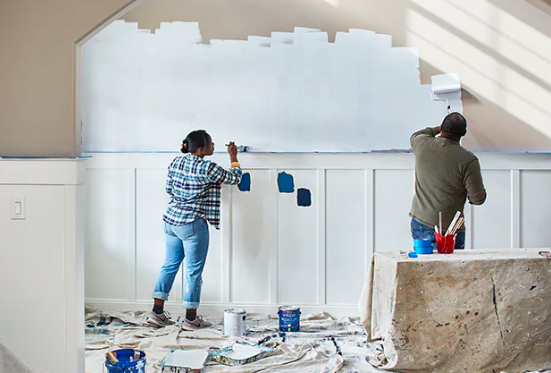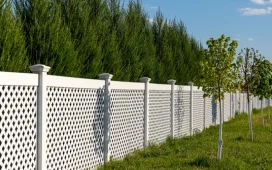When embarking on a DIY painting project to save money, the decision of whether to prime your walls becomes pivotal, especially for inexperienced painters. The answer to this question isn’t straightforward—it hinges on several factors. While skipping primer can seem like a cost-saving measure initially, it might lead to additional expenses and frustrations down the line. Here’s a comprehensive look at when and why you should consider using primer, based on advice from experts at Fresh Painting FL, an established interior painting company.
Repairing Drywall
Minor repairs or patches on drywall may not necessitate primer if you’re painting over them with a similar color. This technique, known as “spot priming,” involves applying a thin coat of paint over a dried joint compound or spackle. However, if you’re changing colors or the repairs are extensive, using primer ensures a uniform surface and helps the paint adhere better.
Significant Color Changes
Transitioning from a dark to a light color or vice versa often requires a primer to achieve satisfactory coverage. Dark colors, such as deep blues or reds, are notorious for showing through lighter paints without a primer that offers excellent “hide-ability”. This step not only saves you from multiple coats of expensive paint but also ensures the final result looks professional.
Painting Over Oil-Based or Glossy Paints
Surfaces previously painted with oil-based or glossy finishes need proper preparation for the new paint to adhere effectively. While scuffing the surface with sandpaper can suffice for minor color changes, using a bonding primer is recommended for more drastic transformations. It provides a secure base for the new paint, enhancing its durability and finish.
New Drywall or Skim Coats
Newly installed drywall and skim coats are highly absorbent and can soak up paint unevenly if not primed properly. Applying primer seals the surface prevents uneven absorption, and reduces the number of paint coats required for a smooth, flawless finish.
Covering Stains and Odor
Stubborn stains like water spots or lingering odors from smoke can bleed through layers of paint, marring the final appearance. Specialized primers are formulated to effectively cover these imperfections, ensuring a clean and pristine base for your paint.
Dealing with Mildew or Mold
Primers designed specifically to combat mildew or mold are essential for treating affected areas. However, it’s crucial to address the underlying moisture issue before applying primer to prevent further problems.
Primer Tinting
Professional painters often tint their primer to closely match the final paint color, especially for darker shades. This simple yet effective technique not only enhances color accuracy but also reduces the number of topcoats required, saving time and money.
This post was written by a professional at Fresh Painting FL. Whether it’s a residential internal or an external painting, Their team of expert painters and professionals at https://freshpaintingfl.com/ FL in Jacksonville offers incredible service and an excellent finish at affordable prices. They specialize in residential painting and internal and exterior painting, and we pride ourselves in being reliable, honest, and hard-working.







